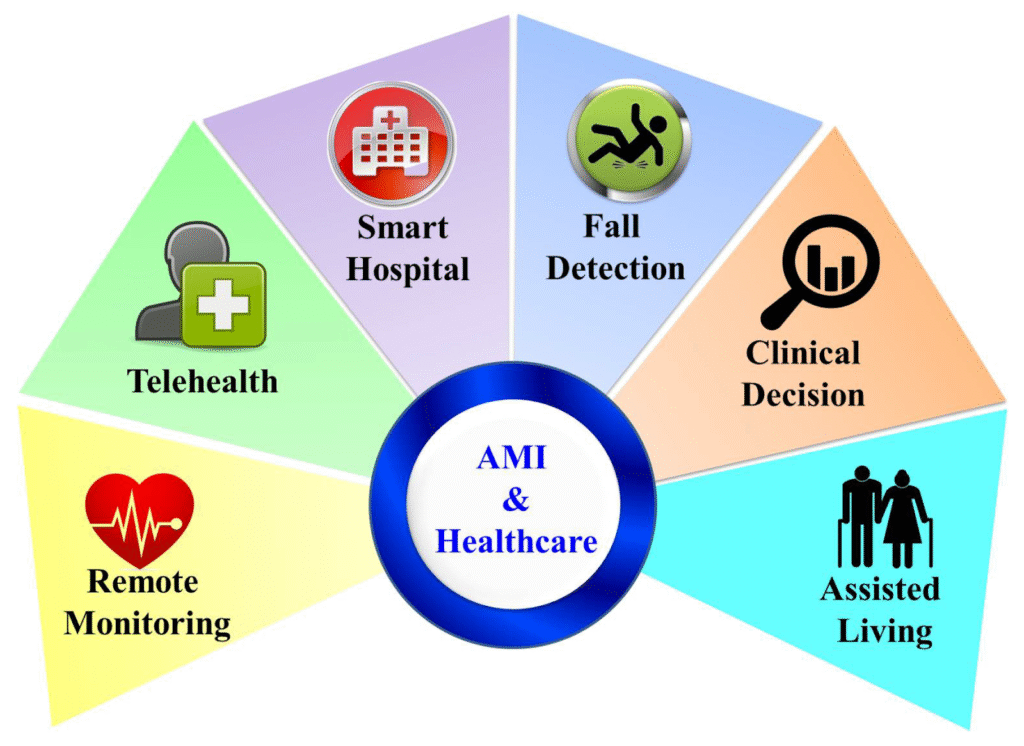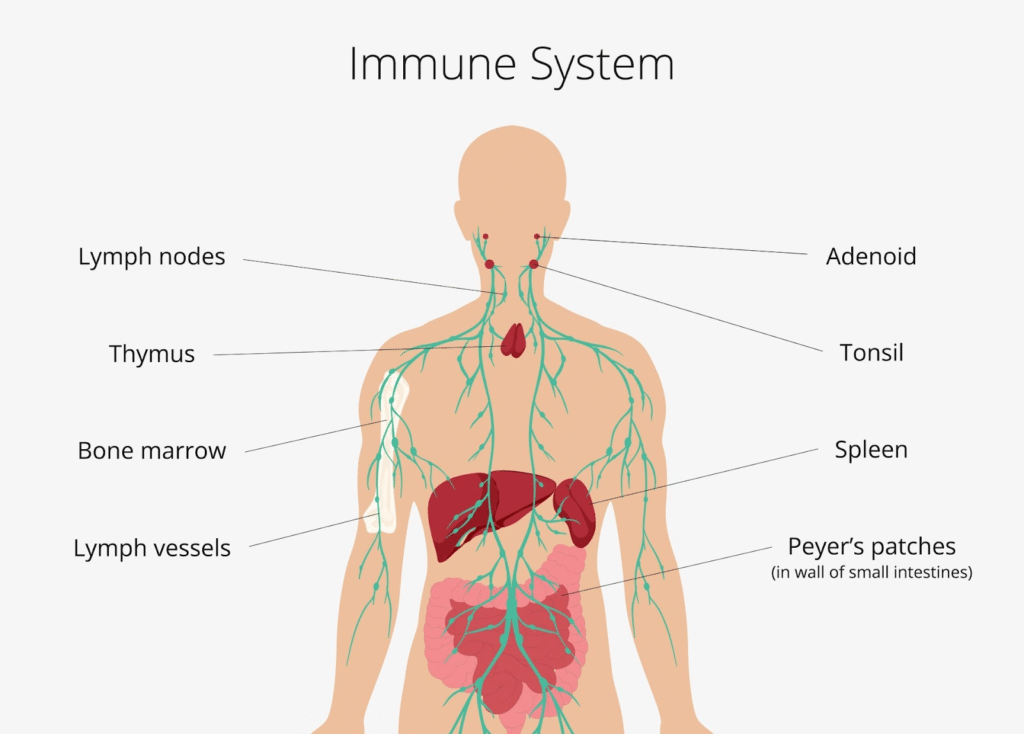Cpap Therapy
The acronym (cpap) stands for continuous positive airway pressure. Cpap is used to treat sleep apnea patients, who have upper airway obstruction.
Cpap is a simple respiratory ventilator used by sleep apnea sufferers while they sleep in there homes following a polysomnograph study in a sleep center.
When a patient has sleep apnea their upper airways become obstructed by the nasal cavity, palatal tissue, or the base of the tongue (hypopharynx). However in some instances it can involve the whole of the upper airway passages.
Cpap prevents the upper airway disturbance by pushing a constant steady stream of air through a mask worn while sleeping, effectively forcing the air passages to stay open allowing a patient to breathe, and alleviates the apneas.
There are numerous types of these kinds of machines on the market, which essentially all do the same thing. Usually a small compact device that is hook to tubes that carry the air to the patient when resting. Some models have heated humidifiers, as well as c-flex settings making it easier to exhale.
There are also various types of facial mask that can be worn with continuous positive airway pressure machines. Straps that go around your head and tighten, to hold the mask in place to discourage leaks.
Complications with Cpap
Some patients are not able to stand wearing a mask all night long, seriously reducing the benefit of this modality of treatment.
Still other patients want to have a good nights rest without a mask on at all, so they elect surgery.
Patients experience vertigo when using cpap therapy, chest congestion, risk of developing complex sleep apnea or (CSA), nasal dryness, sneezing runny nose, nosebleeds, in extreme cases infection around the brain lining.
By working close with your doctor and sleep therapist, you will be able to determine the correct presser settings for you.
BiPAP Therapy
Bilevel positive airway pressure, is similar to CPAP therapy however with BiPAP therapy there are two different pressure settings for the patient.
Patients who are treated with BiPAP therapy have been found to have breathing disorders beyond sleep apnea.
With continuous positive airway pressure or (CPAP) the machine delivers is a constant steady stream of airway pressure during inhilation and expiration.
BiPAP therapy is used to treat more than just sleep apnea. The bipap machine is able to detect how much pressure a patient needs and supply the adequate amount of air pressure on inhalation and exhalation.
The dual settings of the BiPAP machine, allows patients to get more air into, and out of the lungs without the normal muscular activity needed to do so.
Bilevel positive airway pressure therapy is really useful for people who have congestive heart failure and different types of lung disorders, particularly patients who have above normal carbon dioxide.
BiPAP therapy is also used in treating central sleep apnea a sleep disorder characterized by failure of the brain to signal the chest muscles to breathe.
New BiPAP machines are now in the market that have Bi-flex a very useful feature that provides pressure relief to smooth, the transition between the end of IPAP and the beginning of EPAP.
Complications with BiPAP Therapy
Complications that result from using bilevel positive airway pressure, are some have mask discomfort, some patients develop sores and numbness around the mask area.
Also there’s been documented cases of patients having bloating from the swallowing of the air as well
As always, it is best to consult your physician to determine the type of pap therapy that is right for you.





More Stories
Health News Insights for Smarter Living
Health News Tips for a Stronger You
Essential Health News for Modern Living